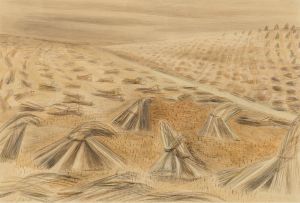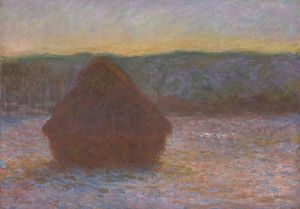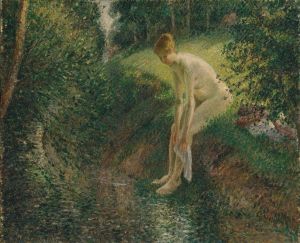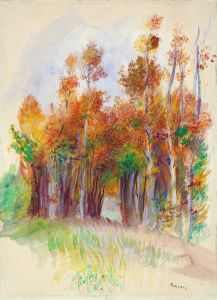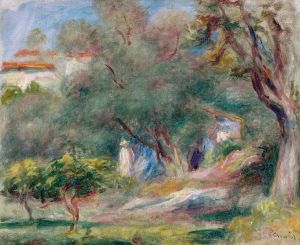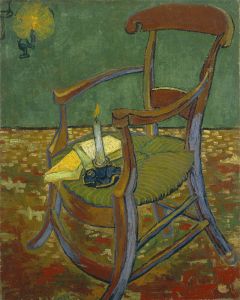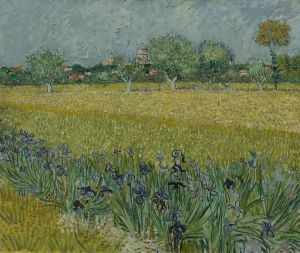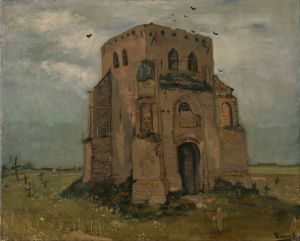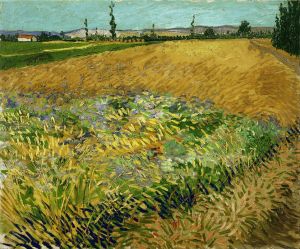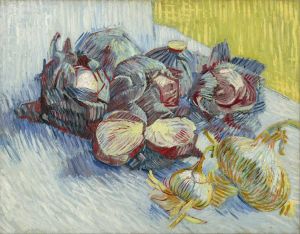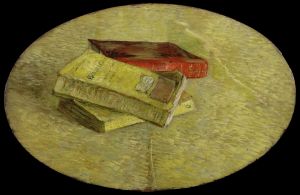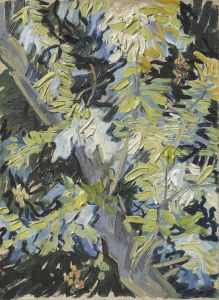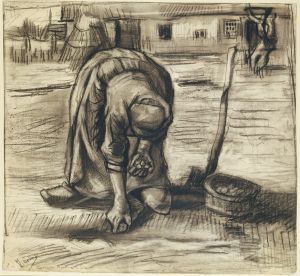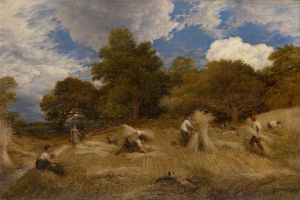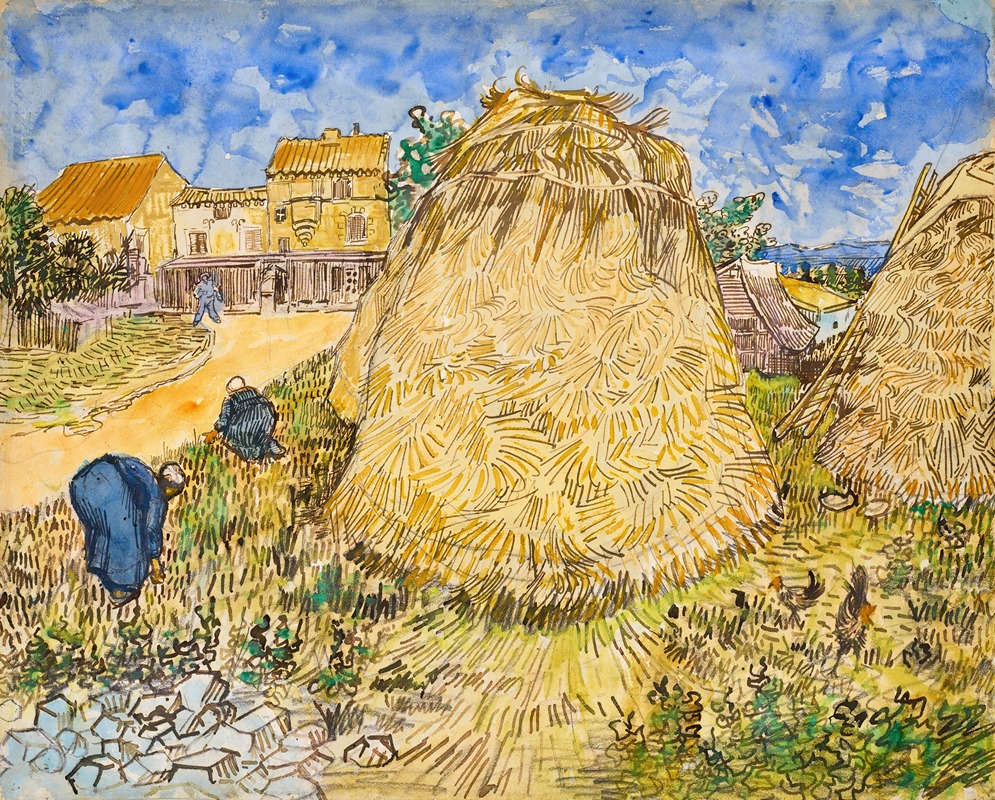
Meules de blé
A hand-painted replica of Vincent van Gogh’s masterpiece Meules de blé, meticulously crafted by professional artists to capture the true essence of the original. Each piece is created with museum-quality canvas and rare mineral pigments, carefully painted by experienced artists with delicate brushstrokes and rich, layered colors to perfectly recreate the texture of the original artwork. Unlike machine-printed reproductions, this hand-painted version brings the painting to life, infused with the artist’s emotions and skill in every stroke. Whether for personal collection or home decoration, it instantly elevates the artistic atmosphere of any space.
Meules de blé (English: Wheat Stacks) is a painting by the Dutch Post-Impressionist artist Vincent van Gogh. Created in June 1888, the work is part of a series of paintings that van Gogh produced during his time in Arles, a town in the south of France. This period is widely regarded as one of the most productive and innovative phases of van Gogh's career.
The painting depicts stacks of harvested wheat in a rural setting, a subject that van Gogh explored repeatedly during his stay in Arles. The composition reflects his fascination with the agricultural landscapes of Provence and his admiration for the cycles of nature. Van Gogh was deeply inspired by the golden hues of the wheat fields, which he saw as symbols of life, labor, and the connection between humanity and the earth.
In Meules de blé, van Gogh employs his characteristic bold brushstrokes and vibrant color palette. The painting captures the intense sunlight of the region, with the wheat stacks rendered in warm yellows and ochres, contrasting against a vivid blue sky. The dynamic texture of the brushwork conveys a sense of movement and vitality, emphasizing the energy of the natural world.
Van Gogh's interest in rural life and agricultural themes was influenced by his admiration for the works of earlier artists such as Jean-François Millet, who also depicted scenes of peasant labor and the countryside. However, van Gogh's approach was distinct in its use of expressive color and form, which sought to convey his emotional response to the landscape rather than a purely realistic representation.
The painting is part of a broader series of works that van Gogh created during the summer harvest season in 1888. These include other depictions of wheat fields, haystacks, and farm workers, all of which reflect his deep engagement with the rural environment around Arles. This series is considered a significant contribution to the Post-Impressionist movement, showcasing van Gogh's innovative use of color and his ability to infuse everyday subjects with profound emotional resonance.
Today, Meules de blé is held in the collection of the Kröller-Müller Museum in Otterlo, Netherlands. The museum houses one of the largest collections of van Gogh's works, providing insight into the artist's creative evolution and his enduring impact on the history of art.





